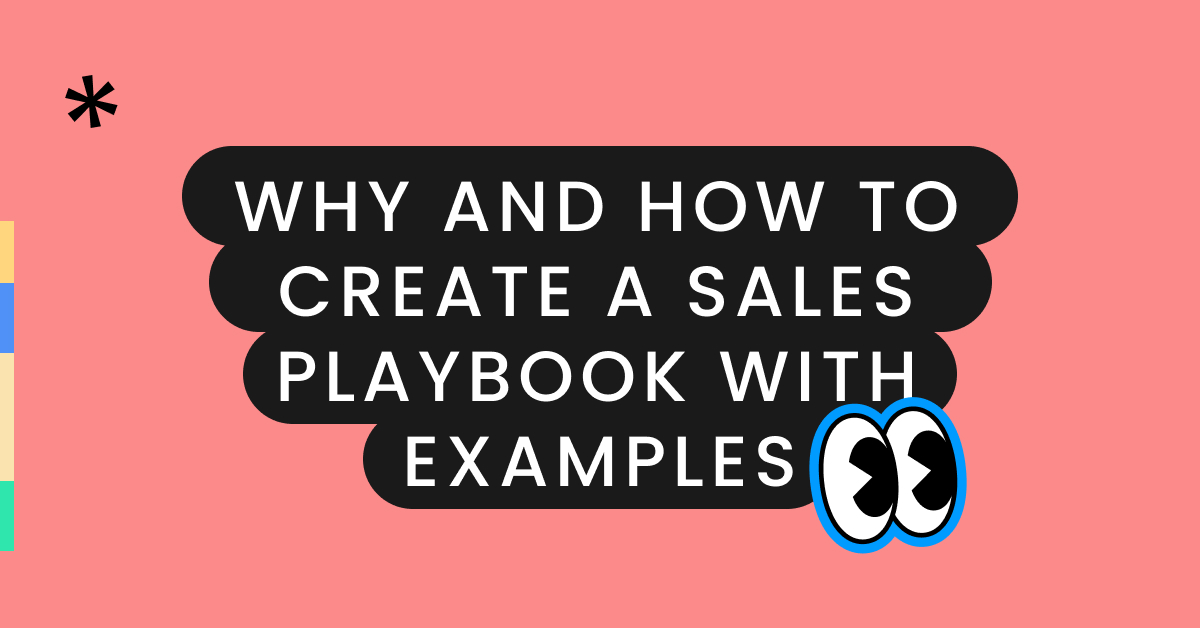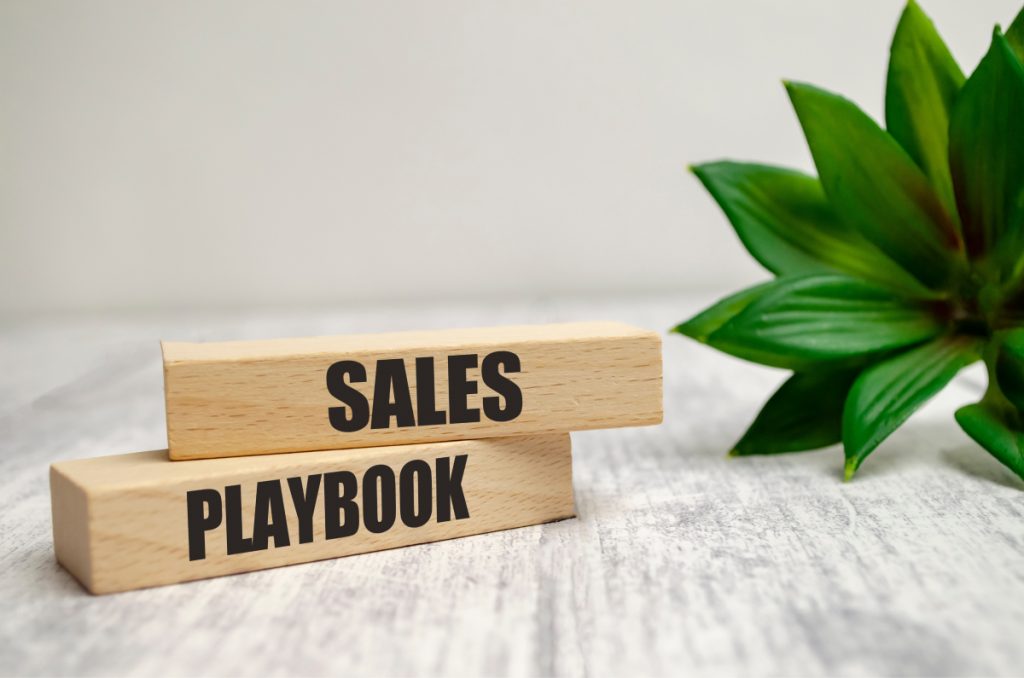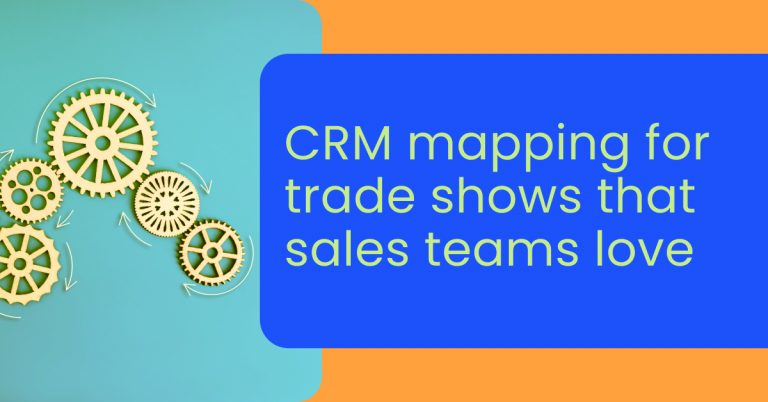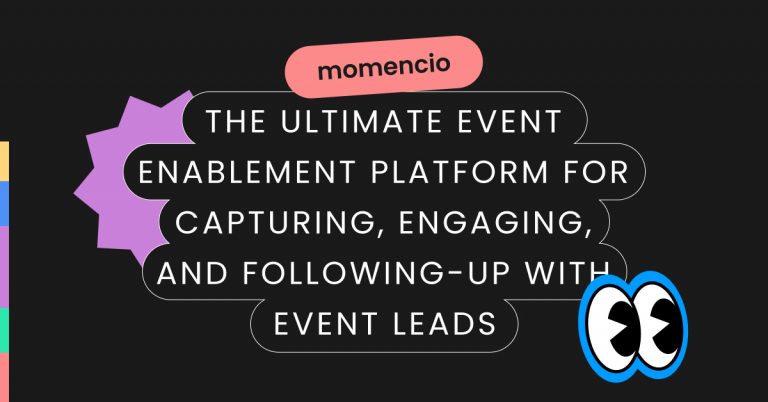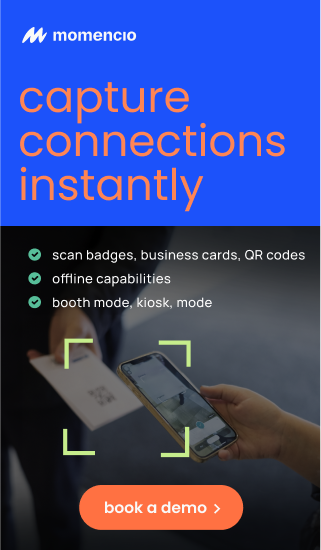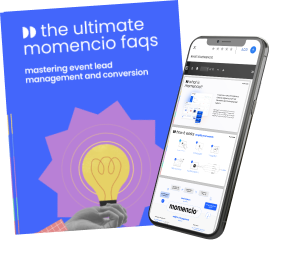The business landscape is quickly evolving, and sales teams face a multitude of challenges daily. From changing customer preferences to fierce competition, the working of sales professionals is becoming more complex than ever. Amid this complexity, sales teams often need help with lead capture and closing deals successfully. This is where a sales playbook comes into play!
Did you know, 93% of B2B buying processes start with an online search. With a Sales playbook, your sales team gets the knowledge, source, and techniques they need to thrive in a highly competitive business marketplace.
Want to know more about sales playbook best practices and how you can create one? Let’s dive in!
What is a sales playbook?
A sales playbook is a structured sales enablement document that serves as a comprehensive guide for a sales team. It outlines the strategies and best practices that sales professionals should follow throughout the sales cycle, from prospecting and lead generation to closing deals and post-sales support. With a playbook, your sales team better understands their roles and responsibilities.
The playbook may include information about the company’s products or services, target customer profiles, sales methodologies, objection-handling techniques, KPIS, and more. It helps ensure that team members are aligned with your company’s sales goals and have the knowledge and resources necessary to excel in their roles.
TL;DR: A well-structured sales playbook helps standardize processes and improve sales performance. Learn how to create a playbook that includes scripts, best practices, and lead follow-up strategies to ensure consistent success across your sales team.
Importance of a sales playbook
Before going into the details of how to create a playbook, let’s discuss why it’s essential to have one for your business!
Consistency in selling
A sales playbook provides a standardized approach to selling. It ensures that all sales team members are on the same page regarding sales processes, messaging, and strategies. This consistency leads to a more cohesive and professional image in front of potential customers.
Increased efficiency
With a playbook in place, sales reps can work more efficiently. They don’t need to reinvent the wheel with every prospect or deal. Instead, they can follow proven processes and strategies, saving time and effort.
Easy onboarding and training
New hires often feel overwhelmed navigating the complex structure of your organization. However, a playbook helps new hires immensely. It serves as a valuable resource for training, helping new team members get up to speed quickly and start contributing to the sales effort sooner.
Saves time
While experienced sales representatives have a wealth of knowledge, not all have memorized every sales strategy, objection-handling technique, or product detail. These playbooks serve as a quick reference guide, allowing reps to stay updated with all the sales strategies. This saves time and ensures that every interaction with a prospect or customer is well-informed and consistent.
Effective communication
Additionally, playbooks facilitate better communication within the sales team and across departments. Everyone can access the same information and strategies, promoting collaboration and a shared understanding of sales goals.
How to create a sales playbook?
Here are the steps that help you in creating a sales playbook:
Start with the company’s information
It would be best if you started by introducing your company. This may include adding your company’s mission statement and sales team details like their name and responsibilities.
Define your goals and objectives
Next, to create a practical playbook, clearly define your sales goals and objectives.
- Are you looking to boost revenue, expand your customer base, or launch new products?
- What are you trying to achieve with your sales efforts?
Clear information about the company’s objectives will help shape the content and strategies within the playbook. It also ensures that the sales efforts align with your overarching business goals.
Add products and services
An essential component of a playbook is a detailed section that covers your products or services. You can include:
- List of all products, including alteration options like color
- Explanation of how each product works
- Product pricing details
- Explicit descriptions of product purposes
- Highlight unique product qualities
Ensure that your sales team profoundly understands your offerings, as this knowledge is fundamental to effectively communicating your product’s value to potential customers.
Align your sales and marketing teams
Focus on making these rival teams best friends, as their collaboration is the foundation of the playbook’s success. The marketing team offers the insights and material that the sales team will need to turn potential prospects into purchasing customers.
So, encourage open discussion and engagement between the sales and marketing teams. This ensures that your sales playbook reflects the broader marketing efforts and maintains consistency throughout the customer journey, from initial touchpoints to closing deals.
Define sales methodology
A sales methodology is a framework that your sales team should follow to generate leads and close deals effectively. In your playbook, you must mention the type of methodology you are going to use. It can be SPIN, Consultative Selling, The Challenger Sales Model, and Solution Selling.
It would be best if you mentioned the methodology you will use and how it benefits your company. This will help sales reps navigate the complex buying process stages.
Explain buyer persona
Buyer personas are essential in a sales playbook because they provide a clear understanding of the customers the sales team is targeting. A B2B persona may have the following information:
- Type of industry they work in
- Their company size
- Where they are located
- Their job title
- How they impact decision-making
A B2C persona will have the following points:
- Location
- Lifestyle
- Their job title or role
- Business background
- Purchasing behaviour
This knowledge helps sales professionals tailor their messaging and sales strategies to resonate with each persona. Hence, this increases the likelihood of successful interactions and conversions.
Add sales plays
Sales plays are crucial to your sales playbook, providing specific strategies and tactics that guide your sales team in various selling scenarios. Some sales plays that you can add are:
- Personalization: ensures that sales interactions resonate with individual customers
- Lead Qualification: helps prioritize prospects who are most likely to convert
- Demo: outlines the process of showcasing your product or service’s value
Key performance indicators
Key Performance Indicators (KPIs) are essential in your sales playbook. They establish measurable metrics to gauge the success of your sales efforts. Including KPIs allows you to track and evaluate the performance of your sales team against goals, such as conversion rates, revenue targets, and customer acquisition costs.
Messaging
This section in the playbook is dedicated to ensuring that your sales team knows how to communicate with and follow up on prospects. It provides guidelines, templates, and strategies for crafting compelling messages that resonate with potential customers. The messages should address their pain points and highlight the value of your products or services.
Incorporate resources
The final step in crafting a comprehensive playbook is incorporating essential resources that empower your sales team. Resources may include testimonials, case studies, blogs, sales sheets, and more. Using them, your sales team gets the knowledge and tools necessary to engage effectively with prospects and achieve successful sales outcomes.
Sales playbook examples
Here’s a sales playbook template for a cosmetic company:
Section 1: Introduction
- Purpose and Scope of the Cosmetics Playbook
- Importance of a Structured Approach in Cosmetic Sales
Section 2: Target Audience
- Define Ideal Customer Profiles (e.g., Beauty Enthusiasts, Skincare Professionals)
- Identify Key Industries (e.g., Retail, Salons, E-commerce)
- Segment by Company Size and Geographical Region
Section 3: Sales Methodology
- Overview of Cosmetic Sales Methodology (e.g., Consultative Selling)
- Explanation of Key Sales Strategies (e.g., Personalization, Product Demonstrations, Cross-selling)
Section 4: Buyer Personas
- Define Buyer Personas (e.g., Beauty Shoppers, Salon Owners)
- Describe Pain Points and Goals for Each Persona (e.g., Skin Health Concerns, Business Growth)
- Align Sales Messaging with Buyer Personas (e.g., Tailored Product Recommendations)
Section 5: Key Performance Indicators (KPIs)
- Identify Key Metrics (e.g., Sales Conversion Rate, Average Order Value)
- Set Benchmarks and Targets for Sales Representatives
- Explain How to Measure and Track KPIs
Section 6: Incorporate Important Resources
- Product Training Materials (e.g., Ingredient Benefits)
- Sales Collateral (e.g., Beauty Guides, Testimonials)
- Beauty and cosmetics-related blogs and documents

Conclusion
A sales playbook is a fantastic approach to driving more sales and equipping your sales team with the necessary sales knowledge. In case you need a tool that helps you streamline your whole sales process and elevate your success, momencio is the best. This sales enablement platform offers actionable insights and empowers your sales team with the metrics they need to make informed decisions and secure more deals.
Furthermore, momencio promptly sends follow-ups containing a customized microsite link tailored to your prospect’s interests. So, get in touch and get your sales enablement and event solution now!
